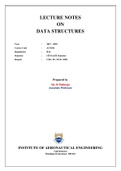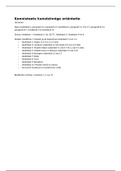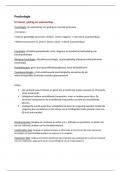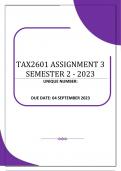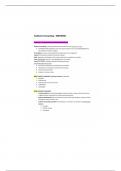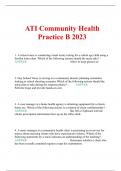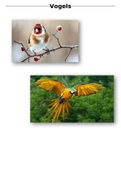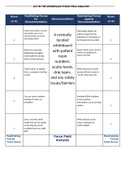Overig
data structures and algorithms
- Vak
- Instelling
Unit I Introduction: Dynamic aspects of operations on data, Characteristics of data structures, Creation and manipulation of data structures, Operations on data structures, Types of data structures – linear and nonlinear. Introduction to algorithm: Asymptotic notations, Analysis of algorithms:...
[Meer zien]
